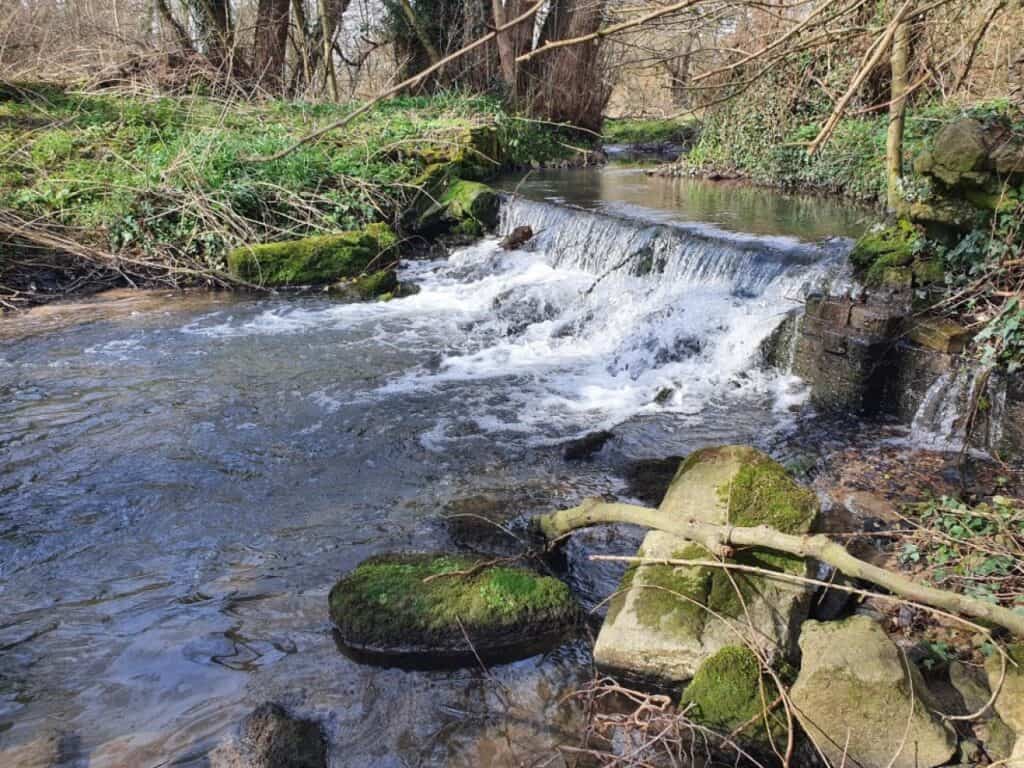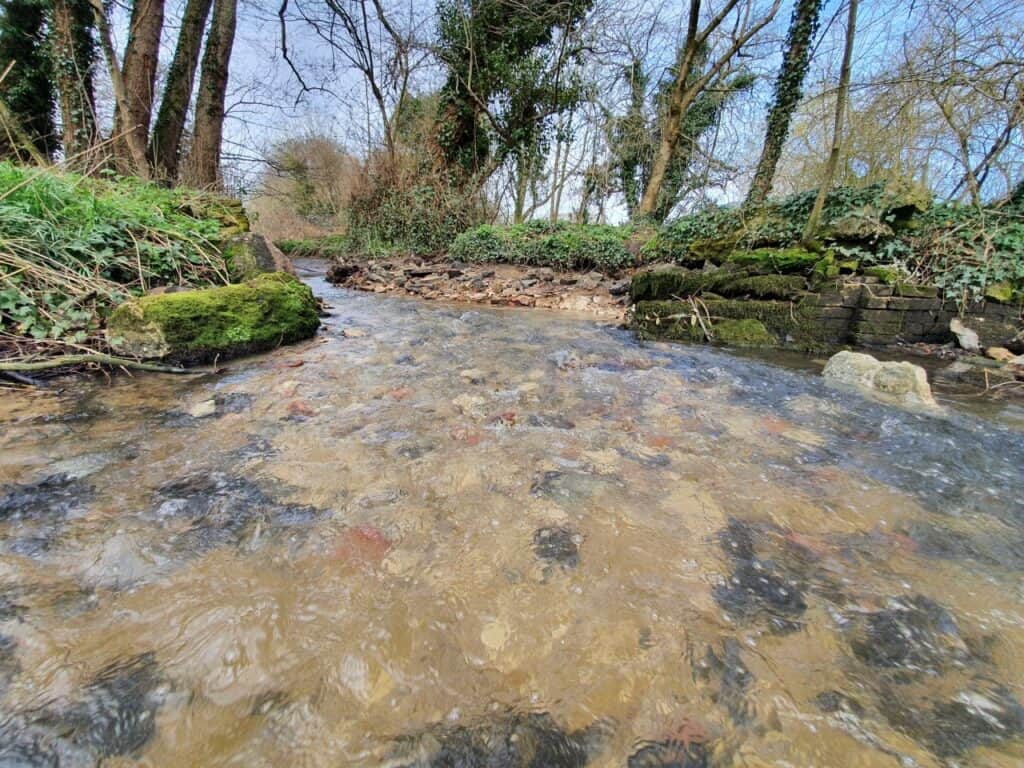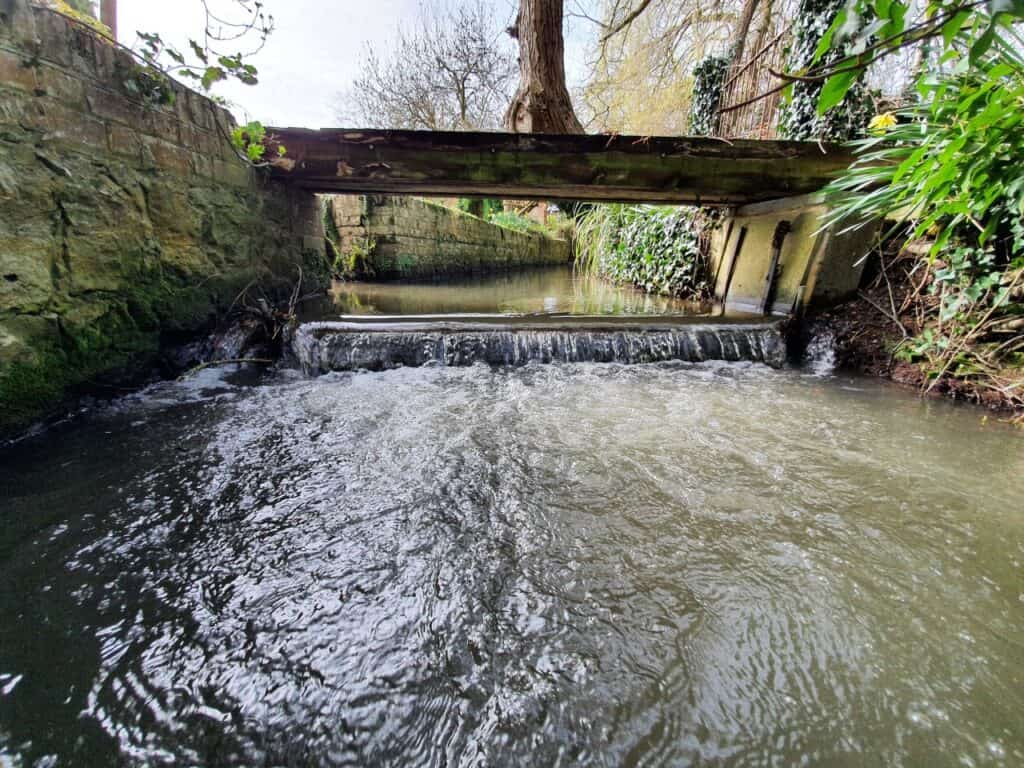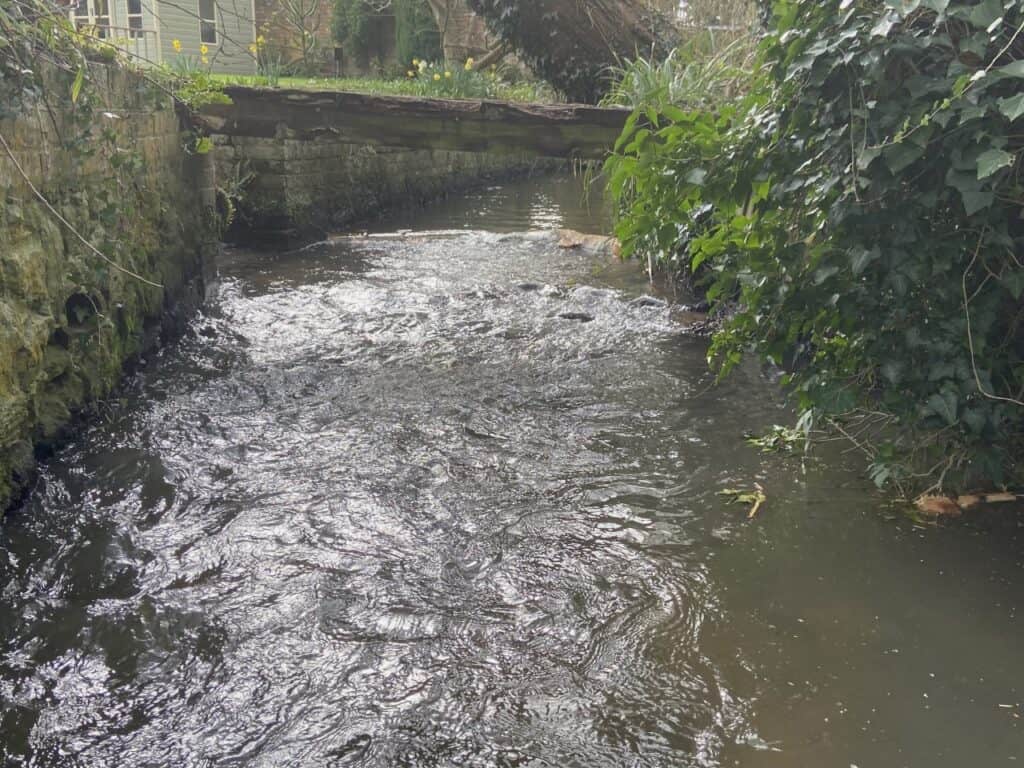The River Darent, a globally rare chalk stream, is not functioning as it should. Several weirs are present throughout the upper river, disconnecting habitats for fish species such as trout and the critically endangered European eel.
A once meandering and free flowing river is now, in many sections, overly straight and wide with poor connectivity to the surrounding floodplain.
With funding from the Environment Agency, the South East Rivers Trust has begun a multi-year project to implement a range of solutions, which will bring a large section of the River Darent in its upper reaches back to life.




